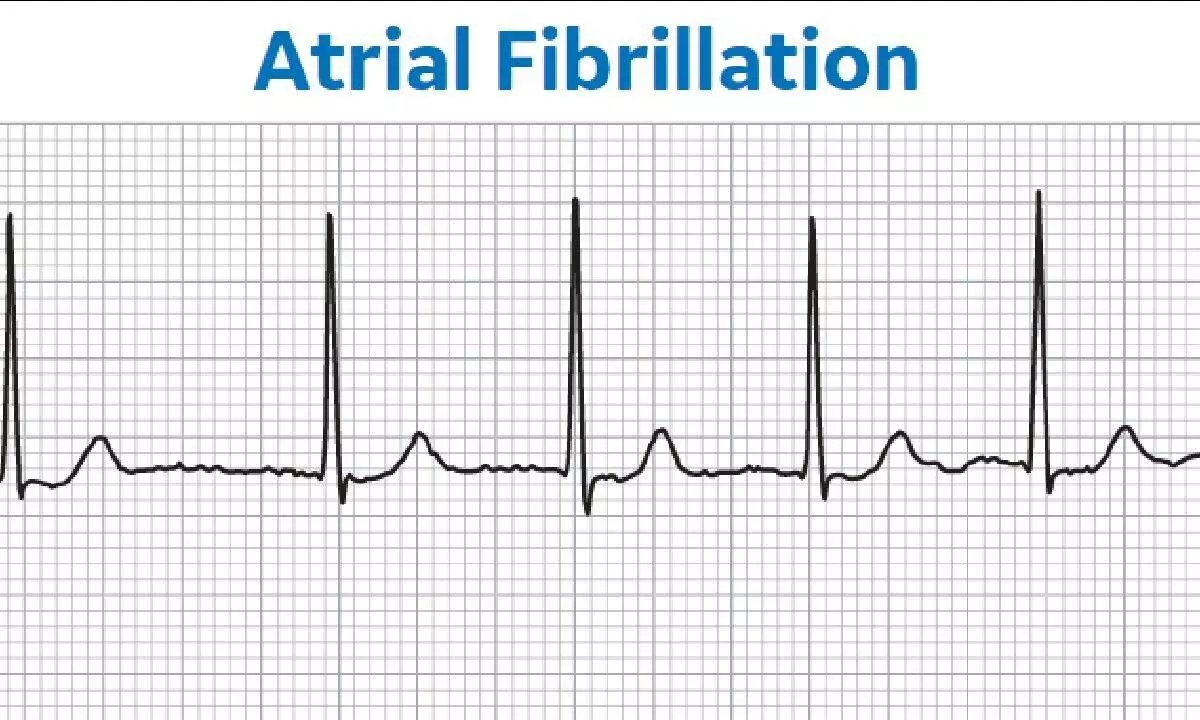Researchers develop new tool to reduce stroke risk
Team from the University of East Anglia found four specific factors that can predict which patients will have atrial fibrillation
image for illustrative purpose

London UK researchers have developed a new way of identifying patients at risk of an irregular heartbeat, known as atrial fibrillation, that can raise odds of having a transient ischemic attack (TIA) or stroke by up to five times.
The team from the University of East Anglia found four specific factors that can predict which patients will have atrial fibrillation.
These include older age, higher diastolic blood pressure and problems with both the coordination and function of the upper left chamber of the heart.
The team created an easy tool for doctors to use in practice to identify those at high risk, which will help diagnose and treat more patients, reducing their risk of future strokes.
"Identifying who is at high risk and more likely to develop atrial fibrillation is very important,” said lead researcher Prof. Vassilios Vassiliou, from UEA's Norwich Medical School.
"This is because it requires specific treatment with anticoagulants, commonly known as blood thinners, to reduce the risk of future strokes,” Vassiliou said.
To determine the cause of the stroke, Vassiliou explained that people often undergo multiple investigations like prolonged monitoring of the heart rhythm with a small implantable device called a loop recorder, and an ultrasound of the heart, called an echocardiogram.

